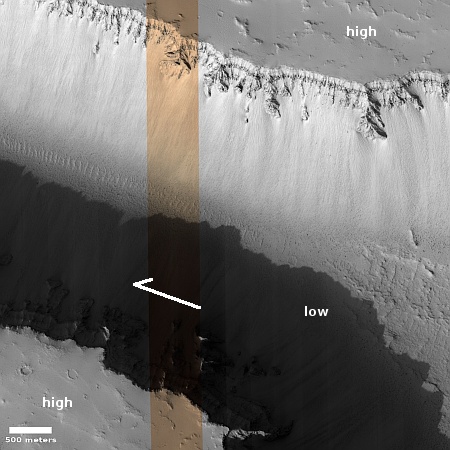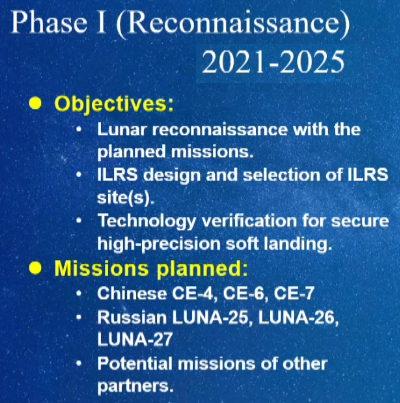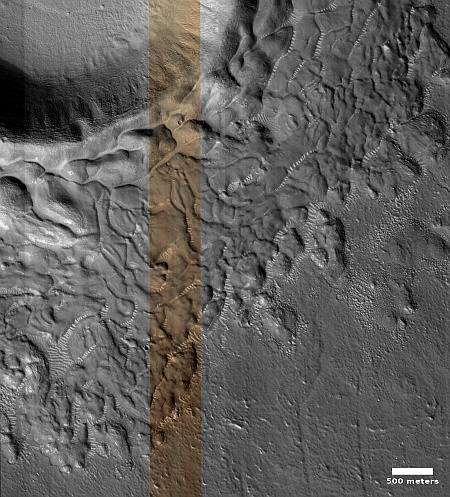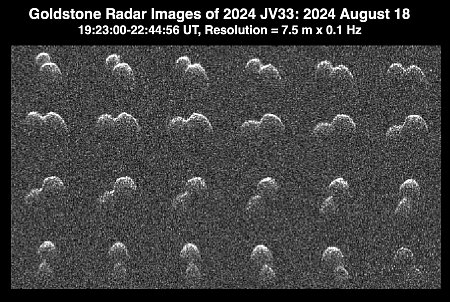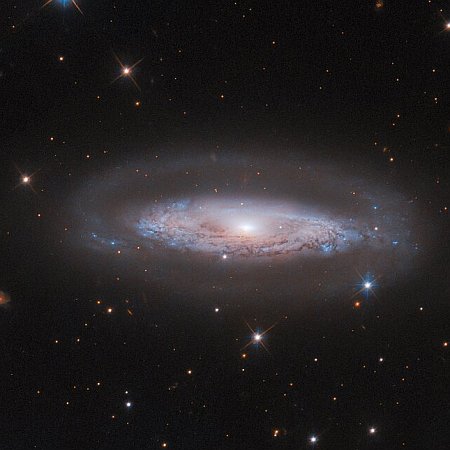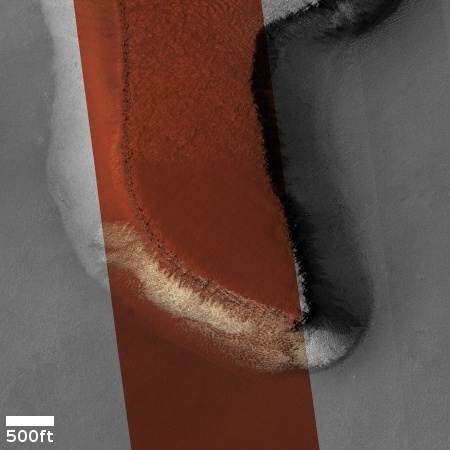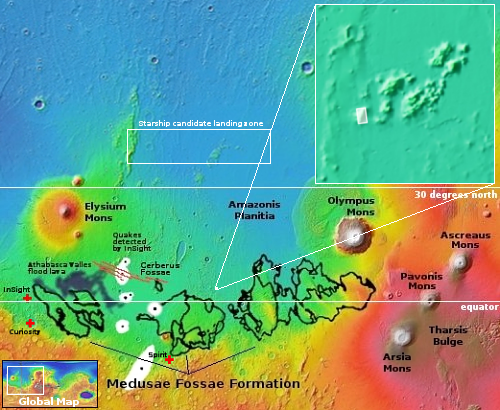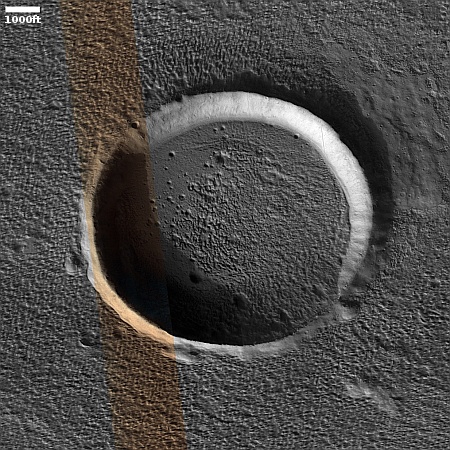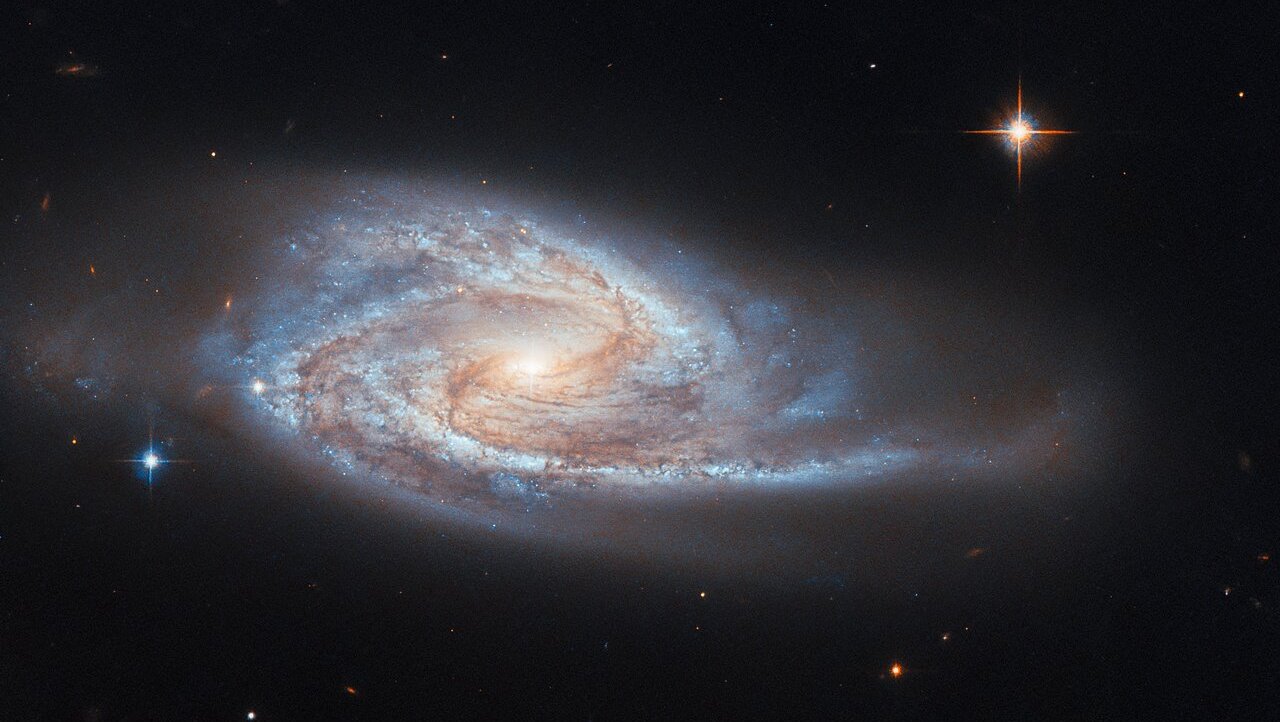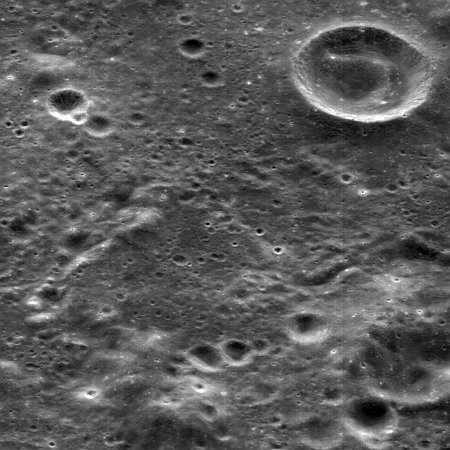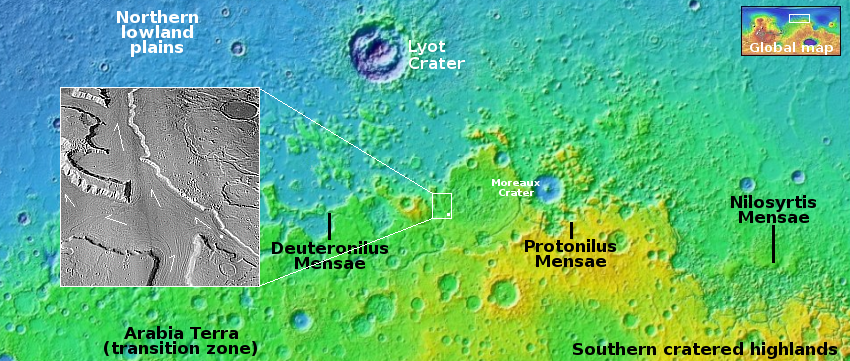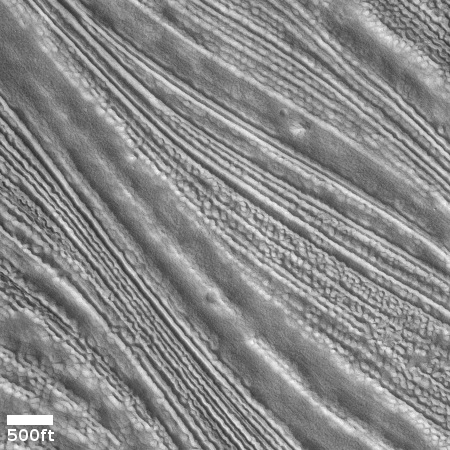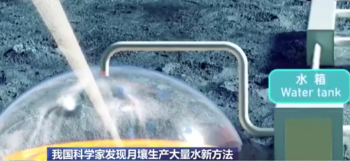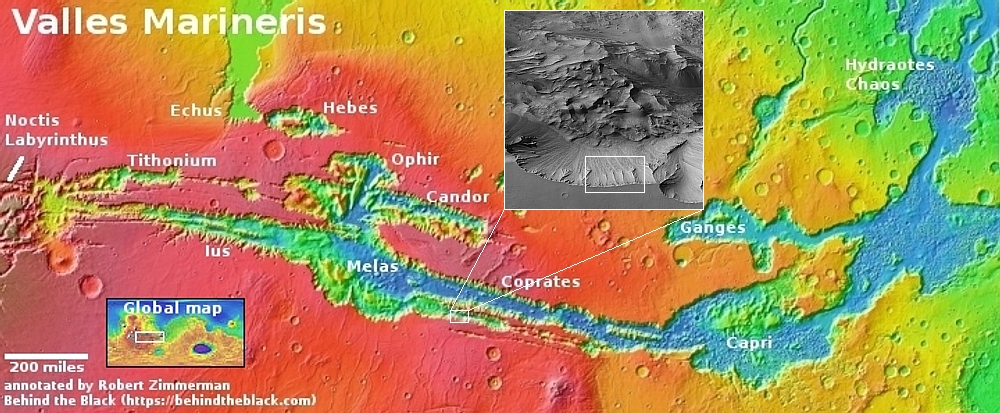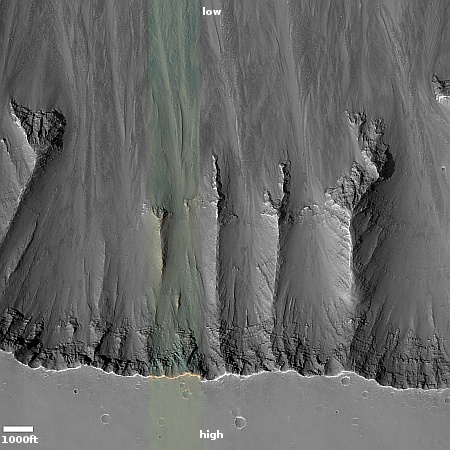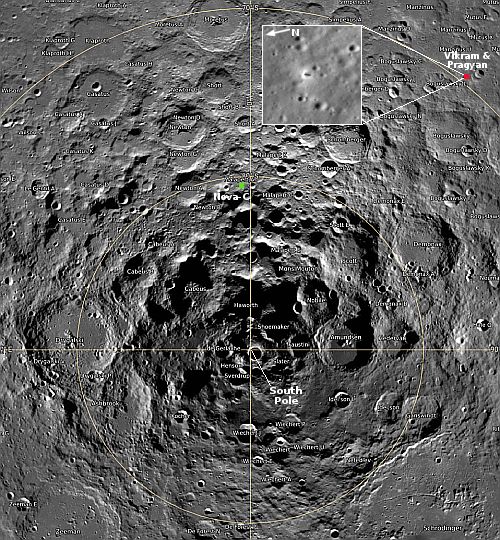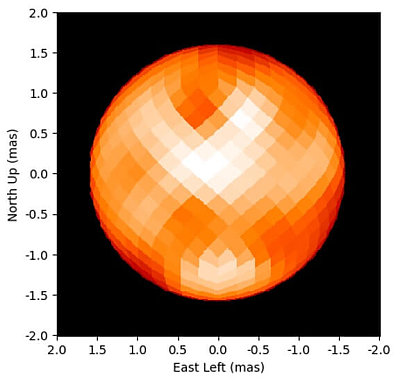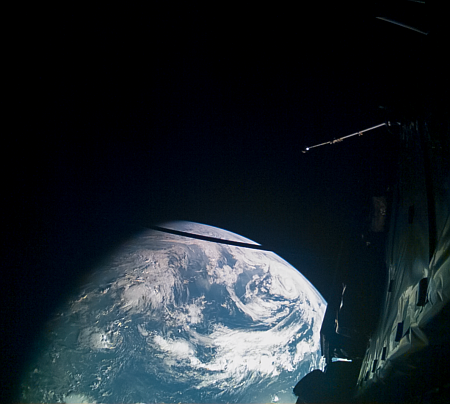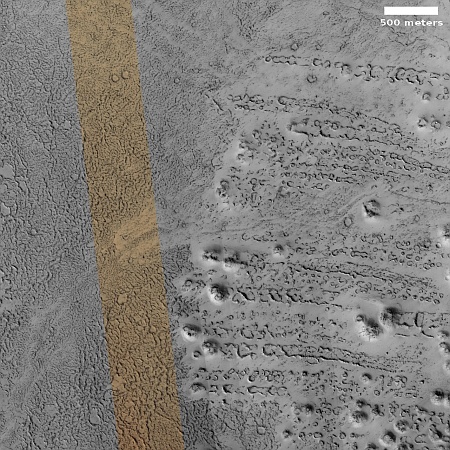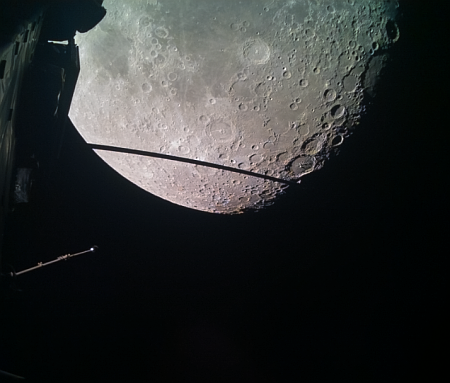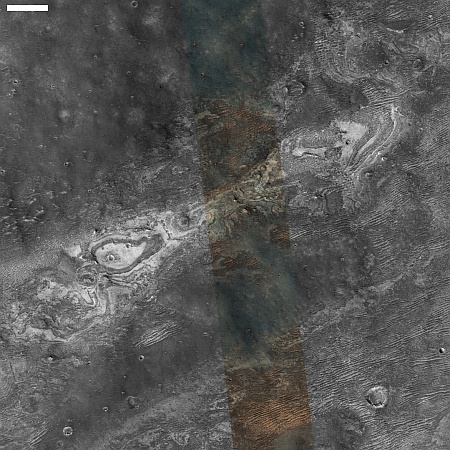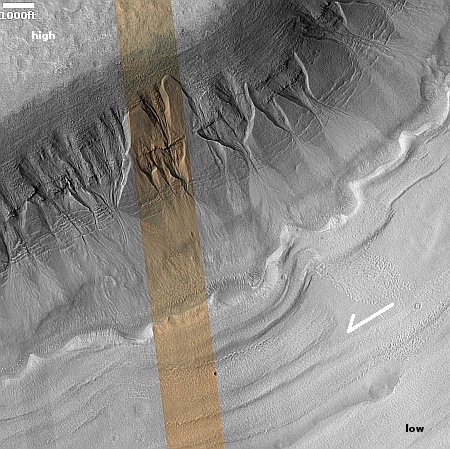Amateur astronomer detects changes in the reflective light coming off of NASA’s orbiting solar sail
Observations by amateur astronomer Marco Langbroek of Delft Technical University in the Netherlands has detected significant changes in the reflective light coming off of the giant orbiting solar sail that NASA engineers recently deployed in orbit.
I observed the Solar Sail again in the evening of September 1, 2024, and this time the brightness of the Solar Sail was quite different. As it rose in the south, it became very bright, reaching magnitude 0 (as bright as the brightest stars in the sky). It then faded again, and next displayed a slow brightness variation with multiple bright maxima and very faint minima.
…The brightness seems to indicate a slow cycle of around half a minute. … The brightness variation could be suggestive of a slow tumble or wobble (a gyration around an axis) that must have been initiated after August 29, when it appeared more steady (apart from a brief bright flare, probably due to a favourable sun-sail-observer geometry).
The sail, dubbed the Advanced Composite Solar Sail System, was launched on April 23rd, and after some initial technical issues it was deployed from its small cubesat on August 30th, expanding to 860 square feet.
The changes Langbroek detected have all occurred after that deployment, and suggest one of two things. Either the NASA engineers are testing the sail’s maneuverability, as planned, and thus the sunlight reflecting off it changes, or there is a problem controlling it that NASA has not yet revealed. We will have to wait to find out.
Observations by amateur astronomer Marco Langbroek of Delft Technical University in the Netherlands has detected significant changes in the reflective light coming off of the giant orbiting solar sail that NASA engineers recently deployed in orbit.
I observed the Solar Sail again in the evening of September 1, 2024, and this time the brightness of the Solar Sail was quite different. As it rose in the south, it became very bright, reaching magnitude 0 (as bright as the brightest stars in the sky). It then faded again, and next displayed a slow brightness variation with multiple bright maxima and very faint minima.
…The brightness seems to indicate a slow cycle of around half a minute. … The brightness variation could be suggestive of a slow tumble or wobble (a gyration around an axis) that must have been initiated after August 29, when it appeared more steady (apart from a brief bright flare, probably due to a favourable sun-sail-observer geometry).
The sail, dubbed the Advanced Composite Solar Sail System, was launched on April 23rd, and after some initial technical issues it was deployed from its small cubesat on August 30th, expanding to 860 square feet.
The changes Langbroek detected have all occurred after that deployment, and suggest one of two things. Either the NASA engineers are testing the sail’s maneuverability, as planned, and thus the sunlight reflecting off it changes, or there is a problem controlling it that NASA has not yet revealed. We will have to wait to find out.

